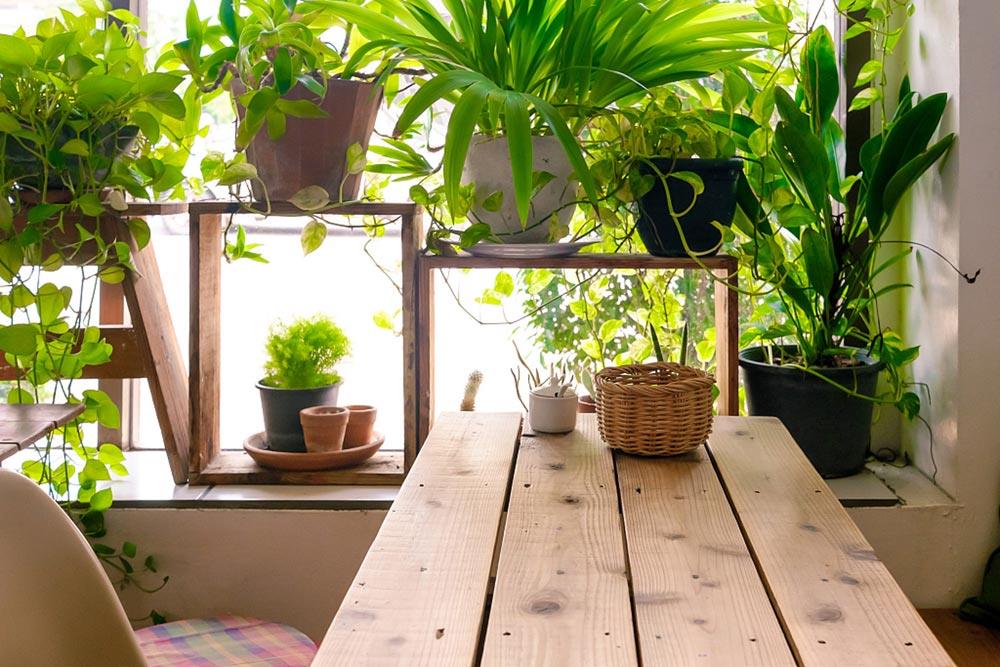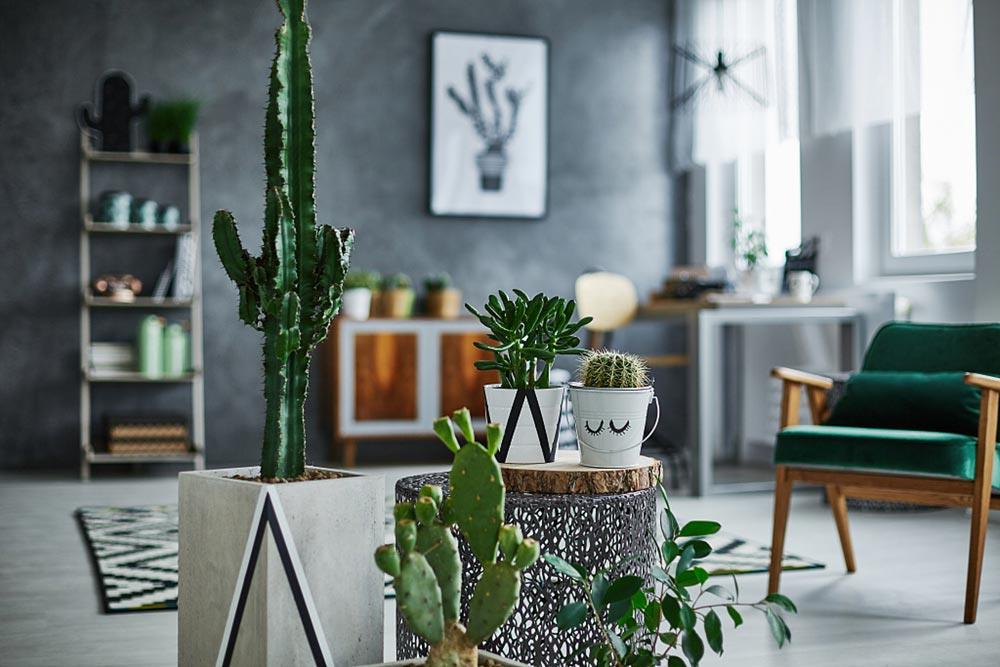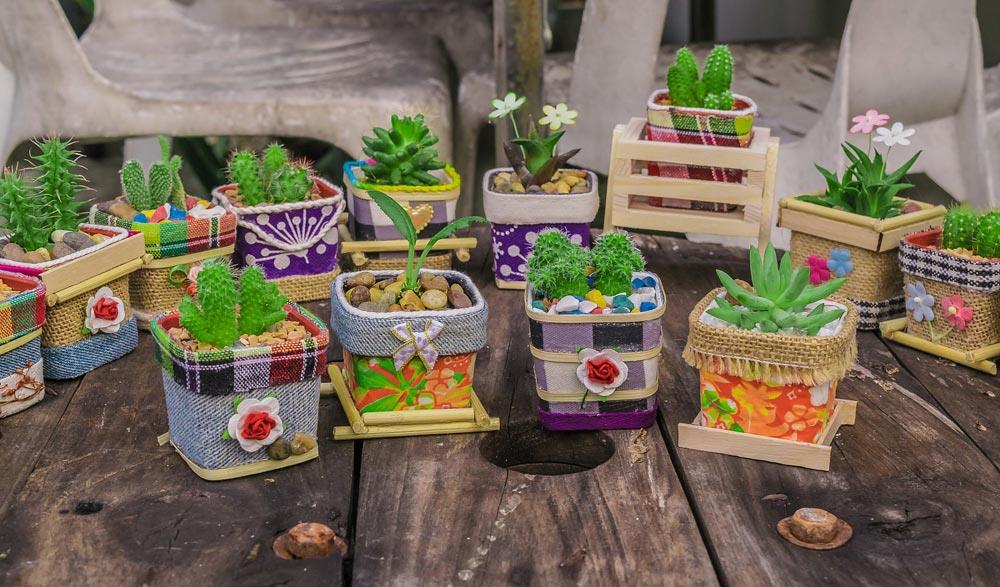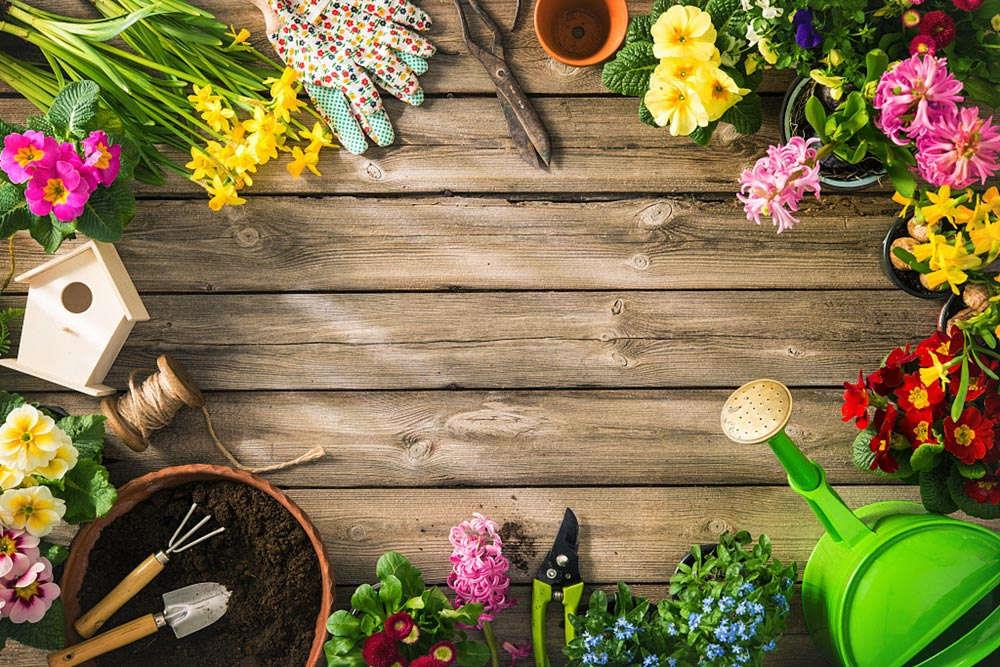How to raise yellow cicada orchid
Last Update :2024.05.13
Article Catalog
3. Problem diagnosis and treatment
It is an epiphyte. Its pseudobulbs are ovate or narrowly ovate. Its leaves are band-shaped, with four to eight leaves. It is a raceme, numbering between three and seventeen flowers. Its flowers are relatively large, reaching a diameter of about ten centimeters, and they are also fragrant. It blooms from August to December. Distributed mostly in the south.

1. Maintenance methods
1. Maintenance methods
1. Temperature: It is mainly distributed in places with low latitudes, so it is best for the ambient temperature around it to be slightly higher so that it can grow vigorously. Generally speaking, it can be between 15 and 30 degrees, which is more suitable. Too high is not good either as it will go dormant. In addition, the temperature should not be lower than five degrees in winter to avoid frostbite.
2. Light: Orchid likes shade and coolness, and is generally most suitable for it in a semi-shady place. There cannot be too strong light, and direct light must be avoided. Except for winter, direct light in other seasons must be avoided. Otherwise, its leaves will be burned and scorched. However, it doesn't work in a too dark place, astigmatism is still helpful for it.

3. Watering: Yellow cicada likes moisture, but It is also afraid of waterlogging. Therefore, when growing rapidly, the substrate can be kept moist. However, when the winter is very cold, it basically doesn’t need much water and cannot be watered too much.
4. Fertilization: There is no need to fertilize in winter. Fertilization can be done from spring to early autumn. Generally once or twice a month is enough, and the concentration should not be too high.

2. Breeding skills
1 , Propagation: The method of division can be used. For a plant, it is more appropriate to divide it every three years. It is most suitable to do it in spring and autumn when the temperature is suitable. Divide it into several parts, each of which must have several pseudobulbs on it. Before breeding, they need to go through a water control stage. After planting, watering is required.
2. Repot: It can be repotted every two or three years. After taking out the old soil, some tiles can be placed at the bottom. The new soil can be mixed with humus soil, sandy soil, fine sand and other materials. After changing the basin, it is necessary to replenish water in time and put it in a cool place.

3. Problem diagnosis and treatment
1 , Diseases: There are two main types. One is "white silk disease", which occurs more frequently during the rainy season. The main damage is to its roots and stems. It can be controlled with lime and provided with good lighting conditions. Then there is "anthrax", which can be treated with timely medication.
2. Insect pests: There is mainly one kind, which is "scale insect", which can be controlled with omethoate.

IV. Other questions
1 , Toxicity: It is non-toxic and can be used as a medicinal material.
2. Whether it can be kept at home: It can be kept at home and used for viewing. Moreover, not only is it harmless, it can also purify the surroundings and release oxygen.
2. Breeding skills
3. Problem diagnosis and treatment
4. Other issues
- END -
Bougainvillea varieties, bougainvillea pictures

Bougainvillea is a common flower plant with many varieties, including Lafite, Tong...
Which variety of bougainvillea is the most beautiful and blooms frequently?

1. Golden Heart Double Color: The flower color of Golden Heart Double Color is dou...